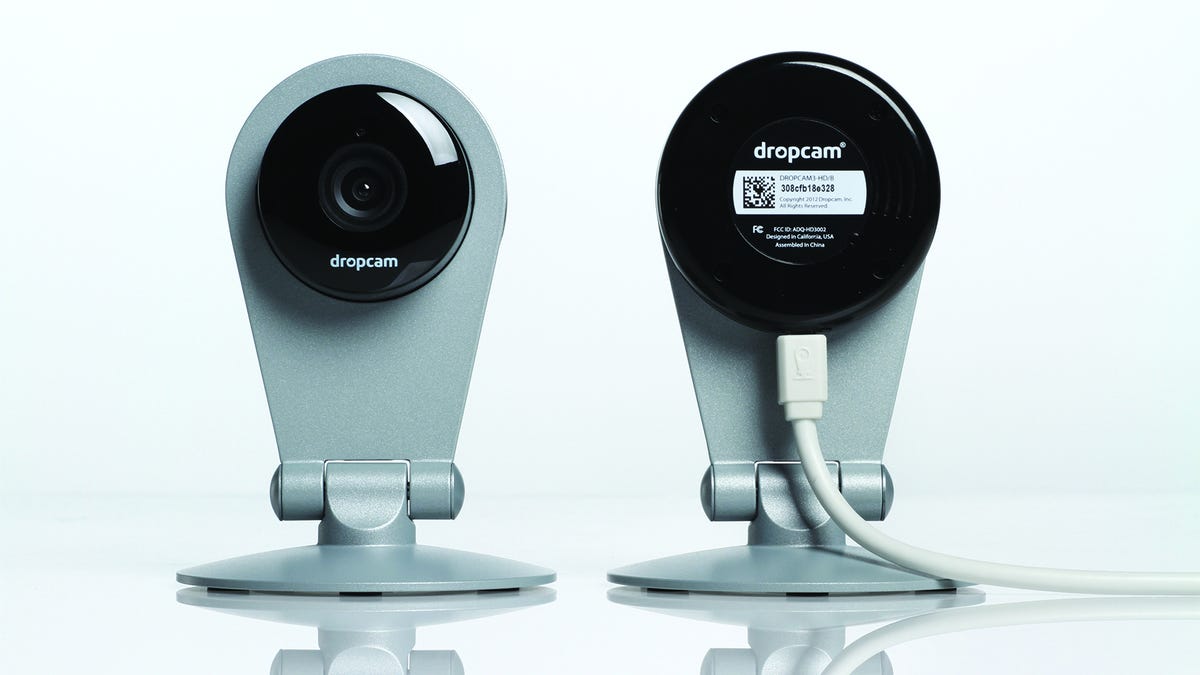Internet Webcam service Dropcam nets $30M in funding
San Francisco startup says it will use the funds to accelerate hardware and software product plans.

Dropcam, the San Francisco startup that makes a $149 camera that can stream and record video to the cloud, announced $30 million in new funding on Wednesday.
That round, led by Institutional Venture Partners, along with other investments from Accel Partners, Menlo Ventures, and Kleiner Perkins Caufield & Byers, will be used to speed up product plans that originally were slated for 2015 and beyond, says Dropcam CEO Greg Duffy.
"We're pulling in most of our long-term plans," Duffy told CNET. "We're going to try to take care of those much sooner. Definitely expect new stuff coming out in the interim."
Just what exactly those new things are, Duffy's not saying, but he did hint at broadening the company's investment in computer vision technology, which is currently used to spot and report motion. "We want to make these more reliable and more useful," he said.
To do that the company plans to triple its staff of about 40 people. Most of that group is in San Francisco, Calif., along with a group in China that handles manufacturing. Dropcam is on its third-generation model, which how offers HD recording. That model was introduced at last year's CES. Since then the company has added new features, like standard-definition recording and video rotation, and changed how it detects and reports motion, all through software updates.
The investment underscores the growing appeal of hardware companies that are tied with Web-connected services. That same group includes wearable technologies from Jawbone and Fitbit, all the way to Nest and its Web-connected smart thermostat. The big difference in Dropcam's case is that it would be relatively useless if not connected to the Web, where Dropcam customers, according to the company, are uploading more video per minute than YouTube.
Dropcam will not disclose how many units it has sold, but the company notes it has "at least quintupled" its shipments every year since the end of 2009. Some users have even purchased in excess of 10 to 20 cameras, Duffy said, adding that most people who buy one camera tend to buy a second if they've used the first one for three years or more.
About 39 percent of Dropcam's customers end up paying for the subscription service. That lets users record a week or a month's worth of video. The company actually needed to switch the name of that service from DVR to cloud video recording (CVR) after a number of customers became confused when the camera didn't come with a set-top box of some sort, Duffy said.
Despite Dropcam's angling as a security tool, the company says people are increasingly using it for casual two-way communication, a feature that was introduced in the latest model with a built-in speaker. The vast majority of those interactions are happening on mobile devices, specifically the iPhone and iPad, with people using the company's app to talk to loved ones.
The new funding round, which is a series C, adds up to $47.8 million for Dropcam. Previous rounds include a $5.8 million series A, led by Accel Partners in 2011, along with a $12 million series B roundin mid-2012, led by Menlo Ventures.

